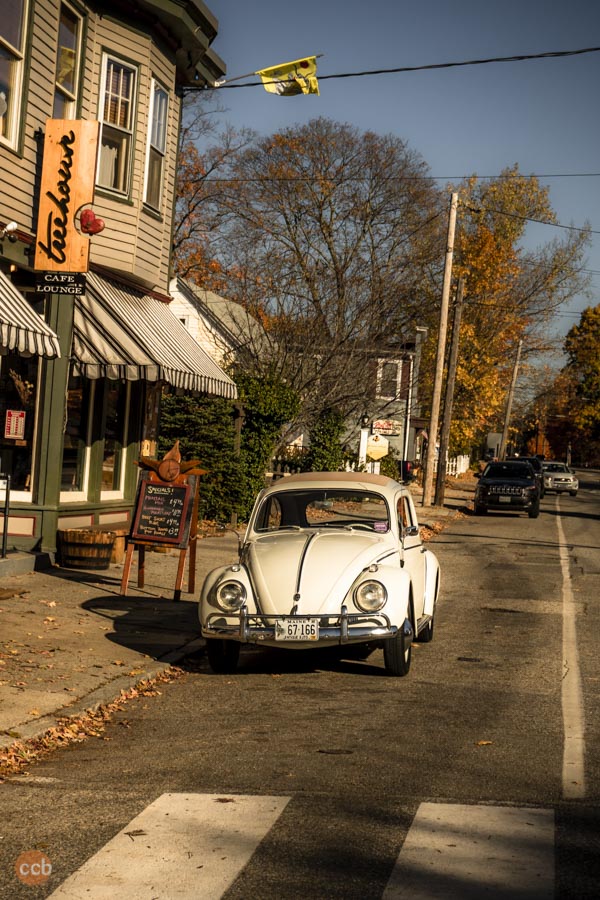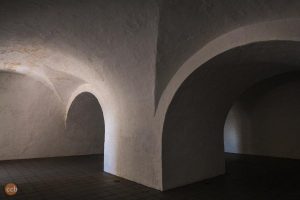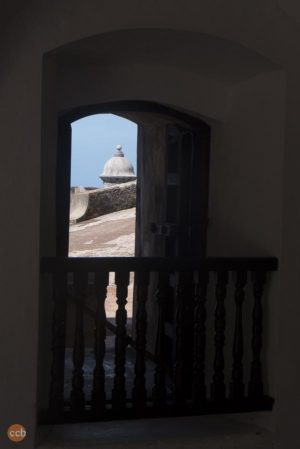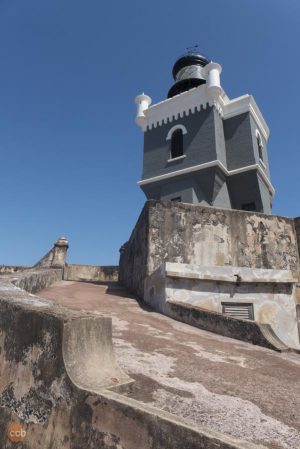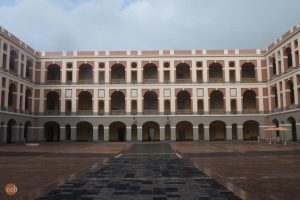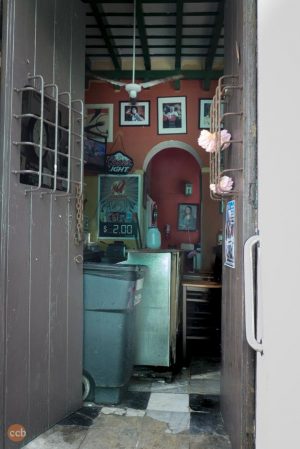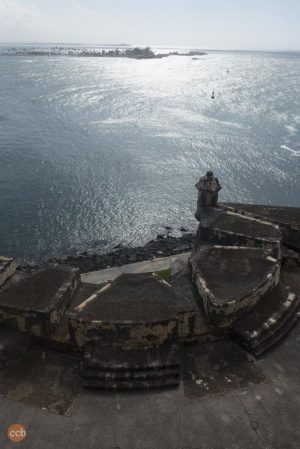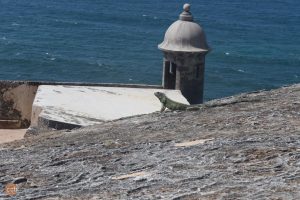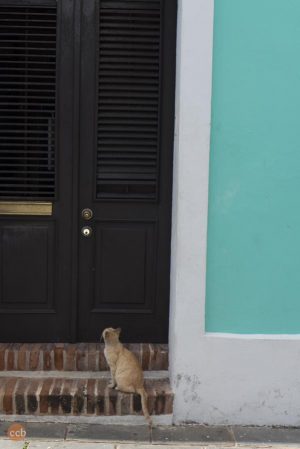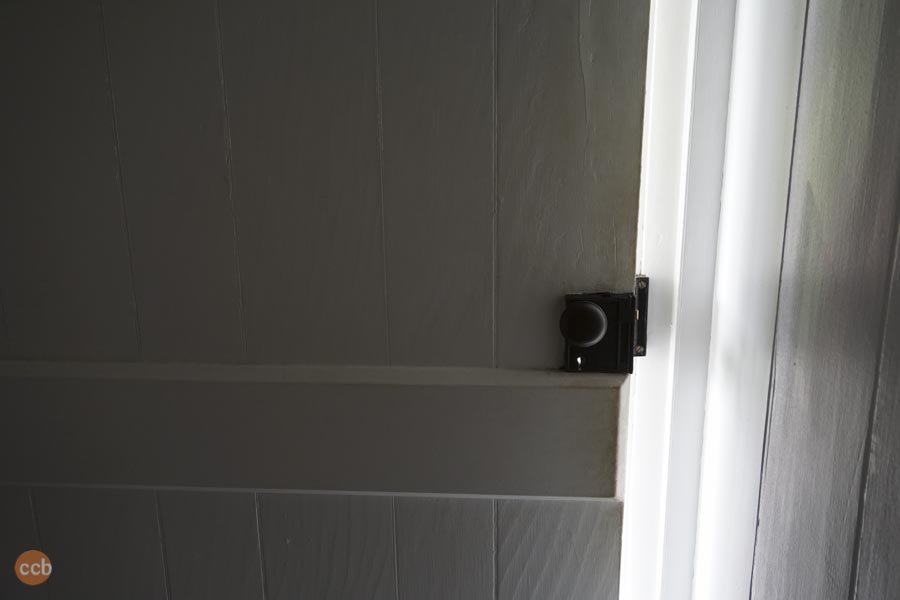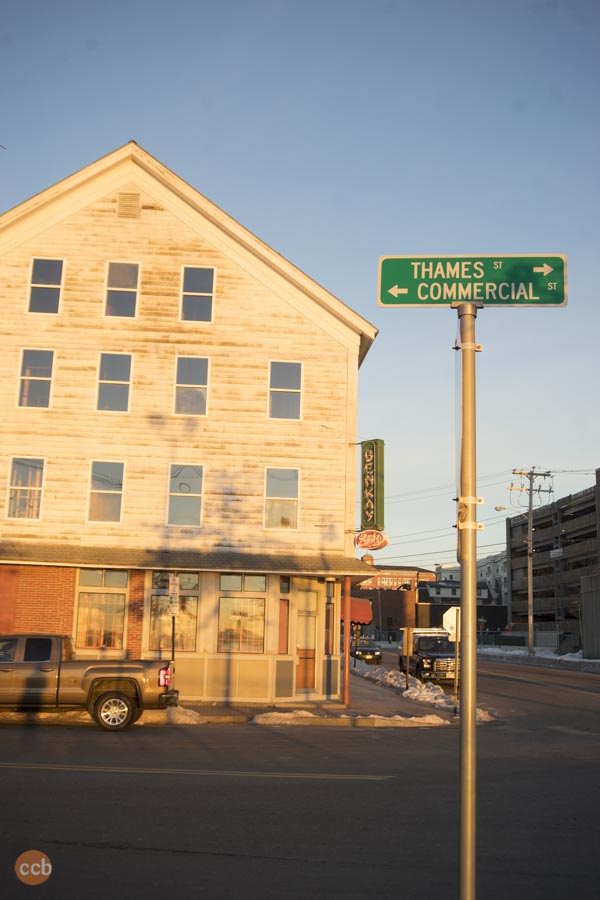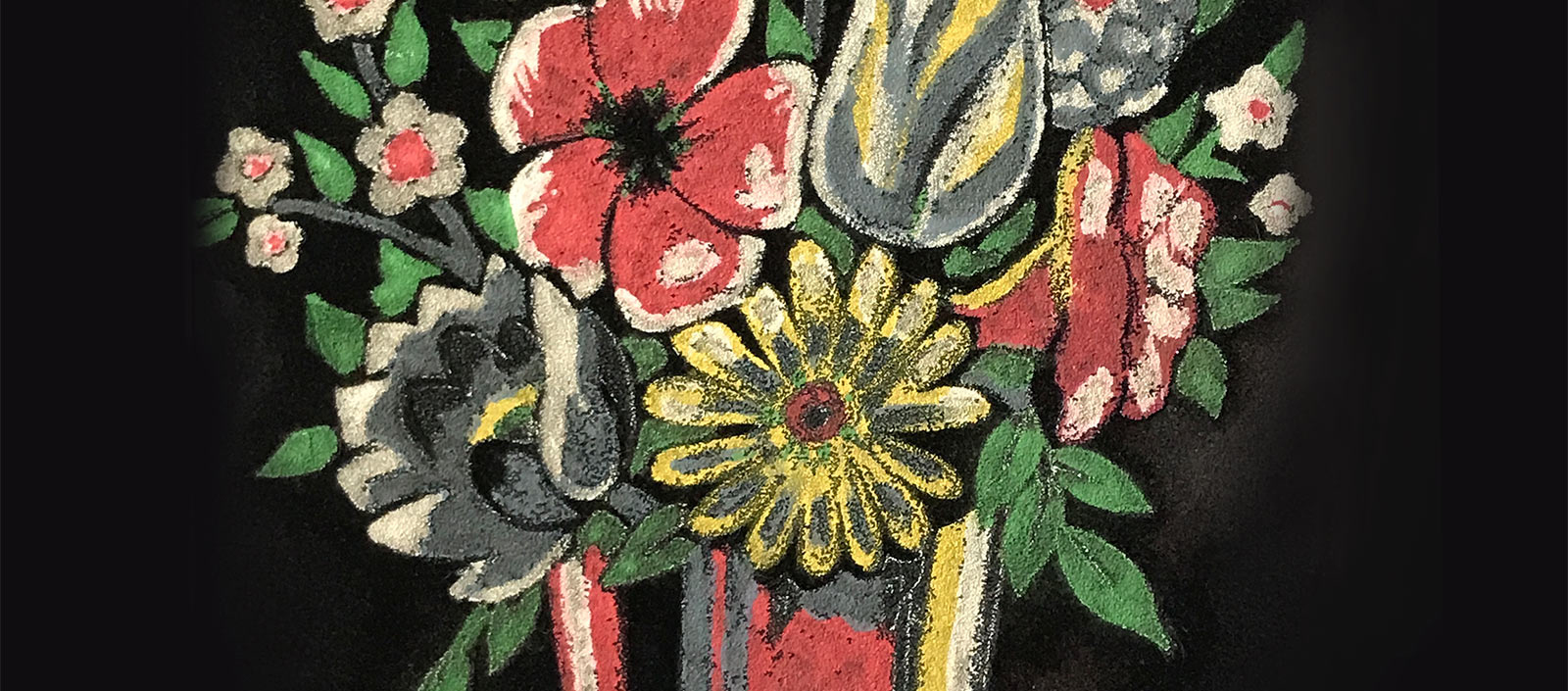
…what makes art good.
When we talk about art the word “good” accompanies the subject in direct and subtle ways.
We’ve heard it before, or said it ourselves, “I don’t know what is considered good [art].” And then that statement is often followed by, “I know what I like.”
OK, some believe they have the definitive answer, like a painting on black velvet, that isn’t good art, right?
But I ask, what artist couldn’t make a statement utilizing black velvet if it effectively portrayed their message, whether to shock or inspire? What notions, contradictions, or traditions could an artist conjure with black velvet?
Or what about the value of a still life, a vase of flowers painted on black velvet by your mom at a workshop in the 60s.

We’ve learned through history about the disdain people had for some of the artwork of their time, how artists labored without recognition for much of their lives or during times of transition and exploration, artists such as Monet, Van Gogh, Manet, Turner, and even Cezanne, among others. But today original works by these artists have sold for millions. Apparently the people of today believe these paintings are good.
In searching the web for the topic of “what is “good art”” or “quotes by famous people about “good art”” ( or just “quotes about what is “good art””). I found some surprising and intriguing results on Art-Quotes, presented by the Painter’s Keys:
Art has nothing to do with clarity, does not dabble in the clear and does not make clear. (Samuel Beckett)
Art! Who comprehends her? With whom can one consult concerning this great goddess? (Ludwig van Beethoven)
Art should be something like a good armchair in which to rest from physical fatigue. (Henri Matisse)
Art is not made for anybody and is, at the same time, for everybody. (Piet Mondrian)
Art is an experience, not an object. (Robert Motherwell)

And I particularly like this quote:
Art is a line around your thoughts. (Gustav Klimt)
But maybe my question is more intrinsically about what is good ‘taste’ in art? And what should we make of someone’s taste?
Here is a quote I found on the website artbusiness.com by Alan Bamberger in his article, “WHAT MAKES GOOD ART? Answers from Art World Pros…,”:
Robert Flynn Johnson, Curator Emeritus, Achenbach Foundation, San Francisco: It is truly an unanswerable question without stating something that appears pretentious… the perception of what makes art “good ” revolves around the application of that difficult word, “taste” which I observe to be in considerably short supply in society today. People are not willing to take the time and effort to develop their own personal sensibilities through study or reflection but are prone to “go with the flow” from the “tastemakers” so as not to be seen as square and out of touch… so sad…
Generally speaking the people are not exposed to artwork as they should be, not on any consistent and serious manner through schools or universities in general and integrated with the great disciplines of engineering, technology, math, and science. There was a time when the value of ideas expressed in art were more broadly integrated with these disciplines.
Some are truly curious about art, and either seek to learn more about art, either through the tastemakers, wherever they may be in schools, universities, continuing studies, adult education, museums, workshops, and similar.
Then are the roles of the “tastemakers” inadvertently telling us what we should recognize as good art. Are art classes through hands-on experience, or history classes, or otherwise, giving us the tools we need to make informed decisions on our own. Are we confident to say we have yet to comprehend a piece of artwork, either because it doesn’t have the power to draw us in or that we do not value its merits as others may. And that’s OK, too, isn’t it? Or would we be told we simpy don’t understand. And what of it, what if we don’t understand, is it really possible for us to understand the whole of the art world any more than we understand the workings of all humankind on this earth?
So the question about what is good art, or what is good taste in art, is truly unknowable. Which then brings me back to the statement earlier, how can we then place a value on art if we can not define what is good? Or do we simply place artwork into the category of enjoyment or expression and then another category for investment, hoping that somehow the two will actually become one.
So what is someone to do when buying art, are we to buy as collectors would, those pieces that are demanding greatness and attention. Because buying such art, or original art of the masters, is out of the question.
Instead, keeping an open mind and appreciating visual dialogues, we should choose artwork we find around us, or art we find in our travels, by artists who have been inspired — by their own experiences and perhaps other known artists. We should find those artists that have attained a level of exploration in their own right, whatever their ultimate goal or level of recognition.
Some of us have the additional option to choose great art among those of the “tastemakers”, and legitimately so, often. But we are autonomous when it comes to art, and we decide if the dialogue we have found in a work of art is one that we want to have in our own home.
Lastly let’s agree also to move beyond draftsmanship as the arbiter of what is good art. Which brings me to my final thought about seeing, or judging, art.
It would seem that having consistent and thoughtful art classes throughout our education would be crucial for a heighten sense of awareness of the art around us, and thus the world around us. And the ability to discern for ourselves without judgement.
I found in my online search the perfect message to convey this need for more, better, art instruction in our schools.
Cindy Foley is the Executive Deputy Director for Learning and Experience at the Columbus Museum of Art, and previous to this she was the Director of Education and Assistant Curator Institute of Contemporary Art, Maine College of Art.
For her it is the ideas realized within art that we are fighting for, “the centers of creativity” that influences and inspires the disciplines of math, science, technology, engineering, and the like.
I’ll end her with her video, Teaching art or teaching to think like an artist? (Cindy Foley on TEDxColumbus).





